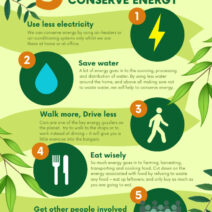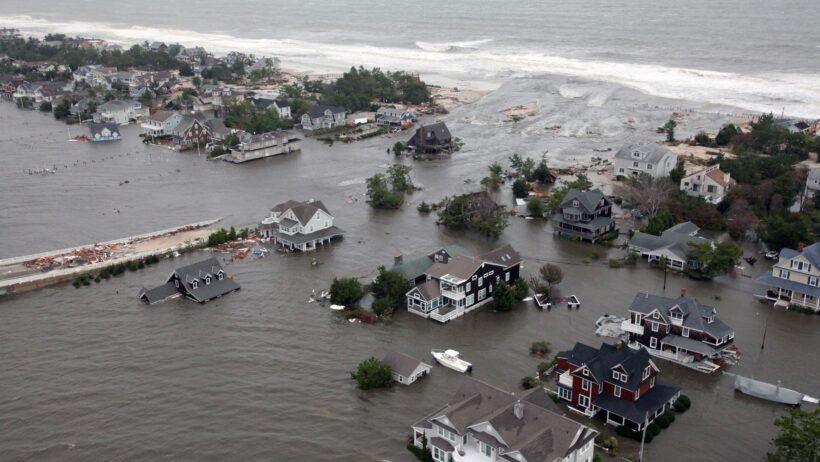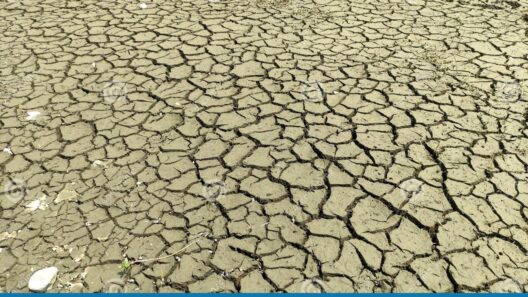The phenomenon of natural disasters has long evoked a sense of dread and urgency, notably when these events are exacerbated by climate change. Hurricane Sandy, which struck the East Coast of the United States in October 2012, serves as a potent example of how global warming can intensify storms, creating unprecedented challenges for society and the environment alike. As we delve into the intersection of climate change and hurricane intensity, one must ponder: How can we mitigate the impact of such catastrophic events in an era of increasing global temperatures?
To understand Hurricane Sandy’s magnitude and destructive capacity, one must first explore its meteorological background. Sandy originated as a tropical storm over the Caribbean before evolving into a hurricane. With sustained winds exceeding 80 mph, it quickly gained strength, fueled by warm ocean waters—an effect directly linked to rising global temperatures. Warmer seas enhance evaporation rates, increasing the moisture content in the atmosphere and consequently intensifying storm systems. This phenomenon is not merely anecdotal; scientific studies confirm that hurricanes are becoming stronger and wetter—a stark consequence of climate change.
Anti-intuitively, though, a storm’s intensity is not solely dictated by wind speeds. The capacity for a hurricane to cause flooding, for instance, is significantly influenced by the sea-level rise associated with global warming. As ocean levels rise due to melting polar ice and thermal expansion, storm surges become more severe. Sandy’s inundation of coastal regions in New Jersey and New York exemplifies this intersection. These areas experienced catastrophic flooding, leading to billions in damages and displacing thousands. The interplay between hurricane dynamics and rising sea levels reveals a multifaceted challenge in understanding and predicting the future of severe weather.
Considering the aspects of preparedness and resilience, questions arise. Are coastal communities sufficiently equipped to handle such heightened risk? Many municipalities have failed to implement comprehensive planning strategies aimed at mitigating the effects of flooding and wind damage. The reluctance to adapt infrastructure to reflect these emerging realities could be likened to the proverbial ostrich hiding its head in the sand. As climate change continues to shape our atmosphere, the necessity for forward-thinking governance becomes critical.
Furthermore, the socio-economic ramifications of hurricanes like Sandy extend far beyond immediate physical damage. Vulnerable populations often lack the resources to recover swiftly from disasters. Low-income communities, particularly those located in coastal zones, face disproportionate impacts from storms. These disparities highlight the urgency for equitable climate policies that prioritize the needs of marginalized groups and integrate climate resilience into wider socio-economic frameworks.
Economic repercussions are also significant. The monetary costs associated with Hurricane Sandy include not only immediate repair expenses but also long-term economic disruption. Businesses may experience interruptions in operations, leading to job losses and decreased local revenue. The question then becomes: how can businesses and governments alike foster economic resilience in the face of climate-induced disasters? Investments in green infrastructure, such as wetlands restoration and permeable surfaces, offer promising avenues for enhancing resilience while fostering local economies.
Insurance companies, too, face a pivotal turning point. The increased frequency and severity of storms prompt a reevaluation of risk assessment models. Traditional policies may no longer suffice, leading to rising premiums that further burden property owners and undermine community stability. Innovative insurance schemes that align with climate realities could offer a way forward, promoting proactive risk management and funding for adaptation initiatives.
Beyond immediate impacts, Hurricane Sandy serves as a historical marker in the narrative of climate change and extreme weather. The storm catalyzed a broader awareness regarding the human role in climate disruption. It injected urgency into ongoing debates surrounding energy consumption, environmental policy, and the necessity of transitioning to renewable resources. With fossil fuel consumption being a significant contributor to carbon emissions and subsequent global warming, adopting sustainable practices is no longer a mere choice but a global imperative.
Given the implications of Hurricane Sandy, one must also interrogate the role of individual action in combating climate change. How can personal choices contribute to larger systemic change? Adopting energy-efficient appliances, reducing waste, and advocating for sustainable practices are powerful ways individuals can bolster community resilience. However, collective action is paramount to effect overarching change. Grassroots movements play a crucial role in galvanizing public concern and influencing policy shifts.
In the wake of Hurricane Sandy, one noticeable trend is the rise of community-led initiatives aimed at enhancing local resilience and fostering adaptive capacity. Neighborhood groups are banding together to develop disaster preparedness plans, participate in local government discussions, and seek funding for sustainable infrastructure projects. These grassroots movements exemplify the power of community engagement in shaping a future less susceptible to climate-induced disasters.
As we reflect on the lessons imparted by Hurricane Sandy, it is vital to recognize the duality of challenges and opportunities. While global warming poses significant threats to our livelihoods, it simultaneously encourages innovation and cooperation in tackling climate issues. Hence, the quest for resilience in the face of future storms transcends beyond mere survival; it invites a collaborative spirit that assembles disparate sectors of society in a unified response to climate change.
In conclusion, Hurricane Sandy stands as a harbinger of the alterations wrought by climate change. Its legacy serves as a reminder of our intertwined destinies under increasingly hostile environmental conditions. As we move forward, building robust frameworks for adaptation will be essential. Each storm carries with it the shadow of climate change—a shadow we must confront with determination, empathy, and tenacity, lest we be unprepared for the tempestuous future that lies ahead.








